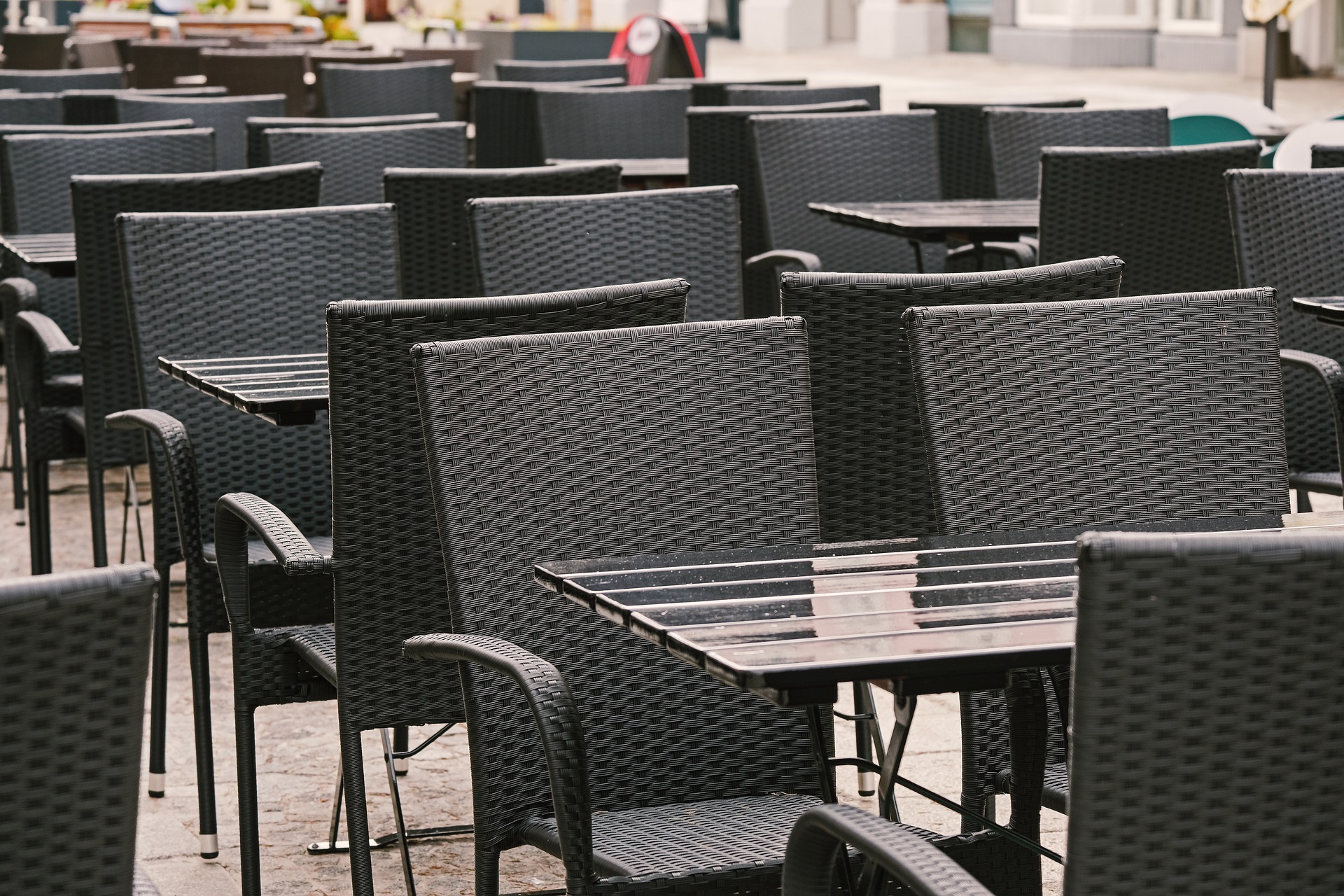Media release
From: Springer NatureEpidemiology: Human movement patterns predict locations with highest risk of SARS-CoV-2 transmission (N&V) *PRESS BRIEFING*
Reopening places such as restaurants, fitness centers, cafes, and hotels carries the highest risk for transmitting SARS-CoV-2, according to a modelling study based on data from the United States published in Nature. Reducing occupancy in these venues may result in a large reduction in predicted infections, the model suggests. The study also highlights disparities in infection risk according to socioeconomic status.
To assess how changes in movement might alter the spread of SARS-CoV-2, Jure Leskovec and colleagues use US mobile phone data (collected between 1 March and 2 May 2020) to map the movements of millions of people from different local neighbourhoods. They combine these data with a model of SARS-CoV-2 transmission, which allows them to identify potential high-risk venues and at-risk populations. The simulations from their model accurately predict confirmed daily case counts in ten of the largest metropolitan areas (such as Chicago, New York City and San Francisco).
The level of detail of the mobility data allowed the researchers to model the number of infections occurring, by the hour, at nearly 553,000 distinct locations grouped into 20 categories — termed “points of interest” — that people tended to visit regularly. Their model predicts that a small number of these locations, such as full-service restaurants, account for a large majority of infections. For example, in the Chicago metropolitan area, 10% of the points of interest accounted for 85% of the predicted infections at points of interest. The model predicts that compared with higher-income groups, lower-income populations are more likely to become infected because they have not been able to reduce their mobility as substantially and because the places they visit tend to be smaller and more crowded, which increases the risk of infection. For example, grocery stores visited by lower-income individuals tended to have 59% more people per square foot than those visited by higher-income individuals, and their visitors stayed 17% longer on average.
By modelling who is likely to be infected at which locations, the authors were also able to estimate the effects of different reopening strategies, and they suggest that their model can inform reopening policies. For example, capping the occupancy of a venue at 20% of its maximum capacity is predicted to reduce new infections by over 80%, but would only reduce the overall number of visits by 42%.
**Please note that an online press briefing for the paper below will take place UNDER STRICT EMBARGO on Tuesday 10 November at 1500 London time (GMT) / 1000 US Eastern Time**
Authors Jure Leskovec, Serina Yongchen Chang and Jaline Gerardin will discuss the research. This will be followed by a Q&A session.
To attend this briefing you will need to pre-register by following the link here. Once you are registered, you will receive an email containing the details for the briefing. You will also be provided with the option to save the details of the briefing to your calendar.


